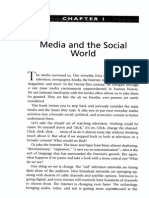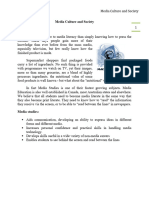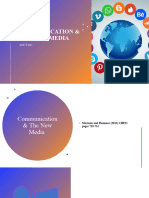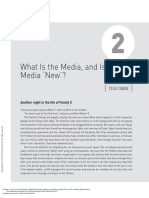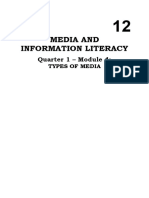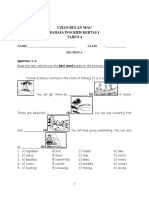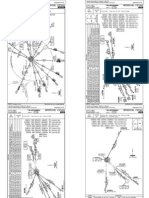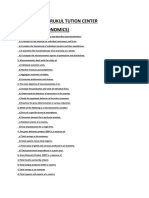0% found this document useful (0 votes)
3 views36 pagesMMP201 Chapter 1
The document discusses the cognitive psychology of mass communication, outlining its historical development and various forms, including print and electronic media. It highlights the prevalence of mass communication in society, the impact of technology like mobile phones, and the different audience demographics for various media types. The chapter emphasizes the economic function of mass media and the importance of understanding audience engagement and content delivery.
Uploaded by
phucdatnguyen.261Copyright
© © All Rights Reserved
We take content rights seriously. If you suspect this is your content, claim it here.
Available Formats
Download as PDF, TXT or read online on Scribd
0% found this document useful (0 votes)
3 views36 pagesMMP201 Chapter 1
The document discusses the cognitive psychology of mass communication, outlining its historical development and various forms, including print and electronic media. It highlights the prevalence of mass communication in society, the impact of technology like mobile phones, and the different audience demographics for various media types. The chapter emphasizes the economic function of mass media and the importance of understanding audience engagement and content delivery.
Uploaded by
phucdatnguyen.261Copyright
© © All Rights Reserved
We take content rights seriously. If you suspect this is your content, claim it here.
Available Formats
Download as PDF, TXT or read online on Scribd
/ 36




